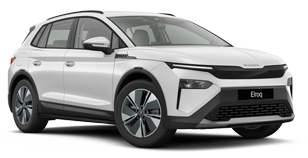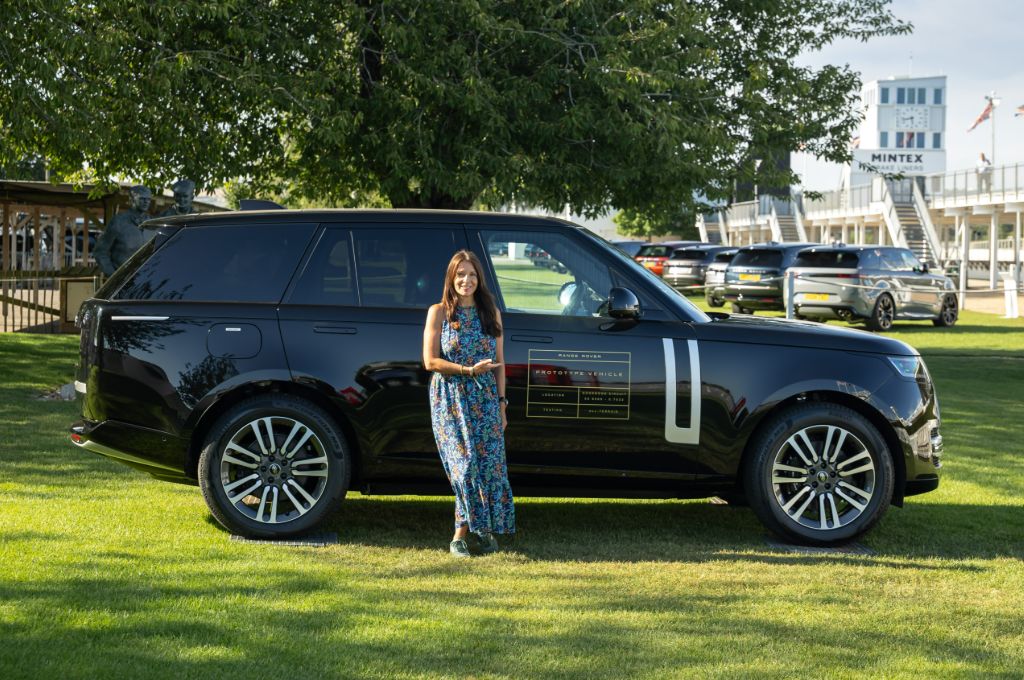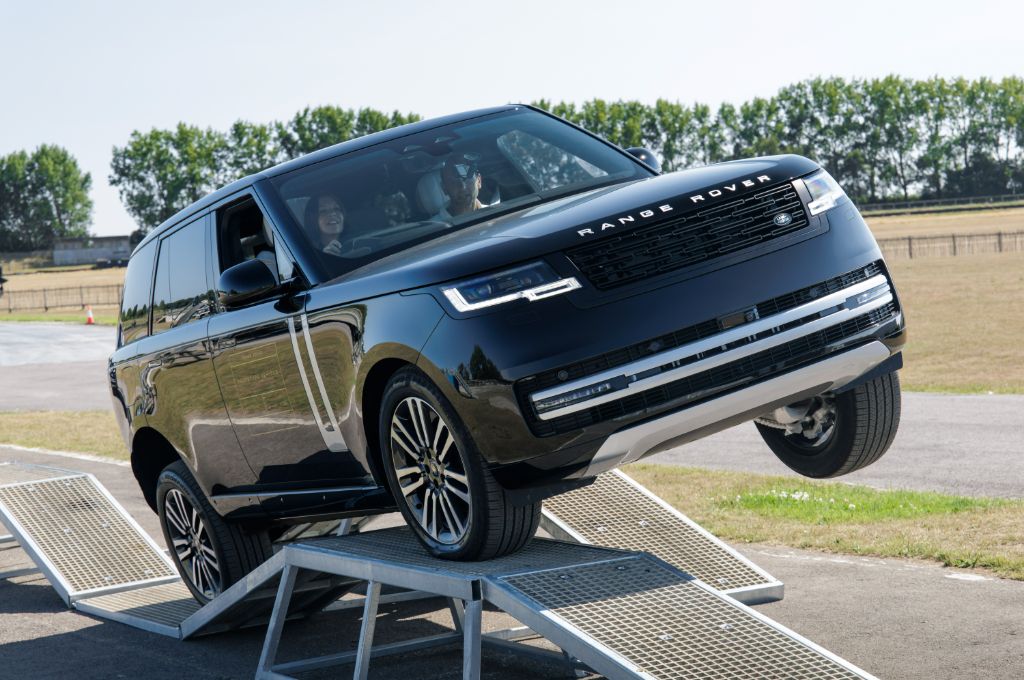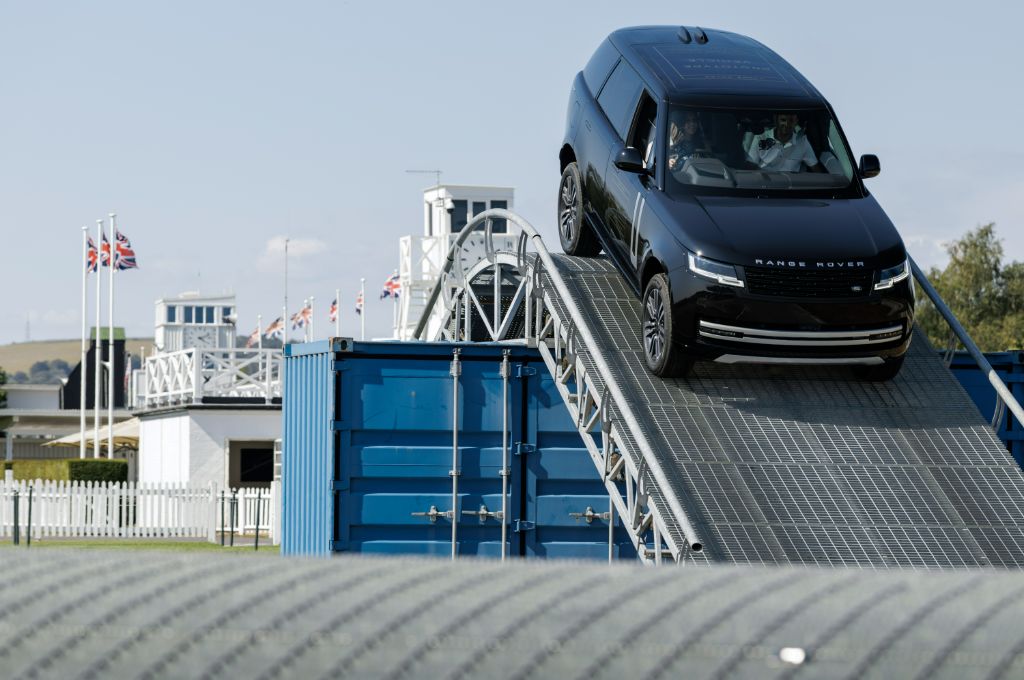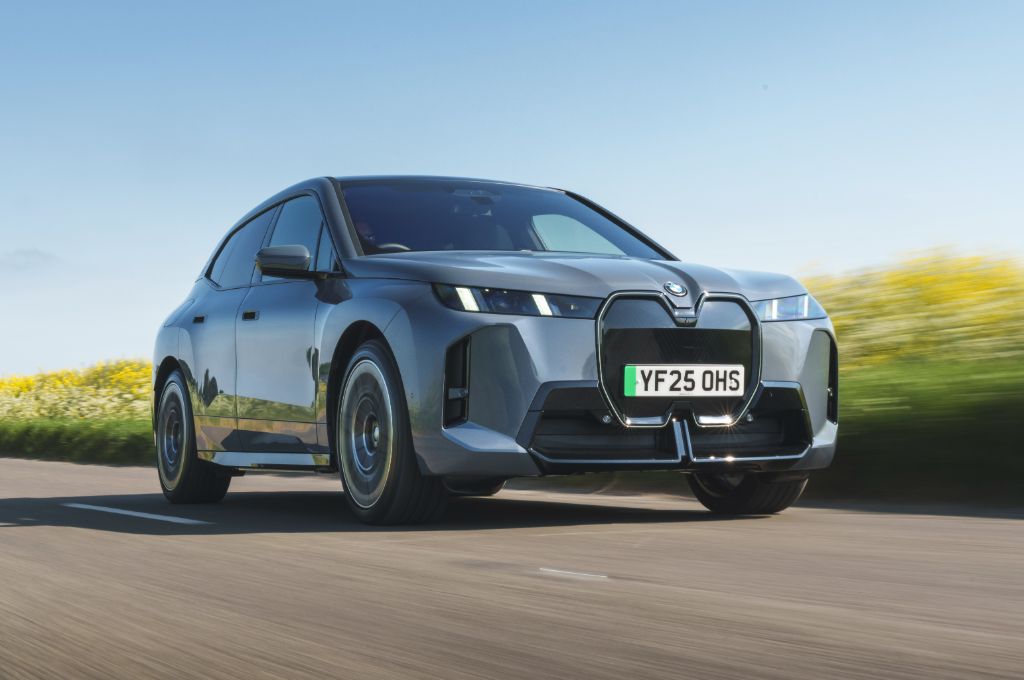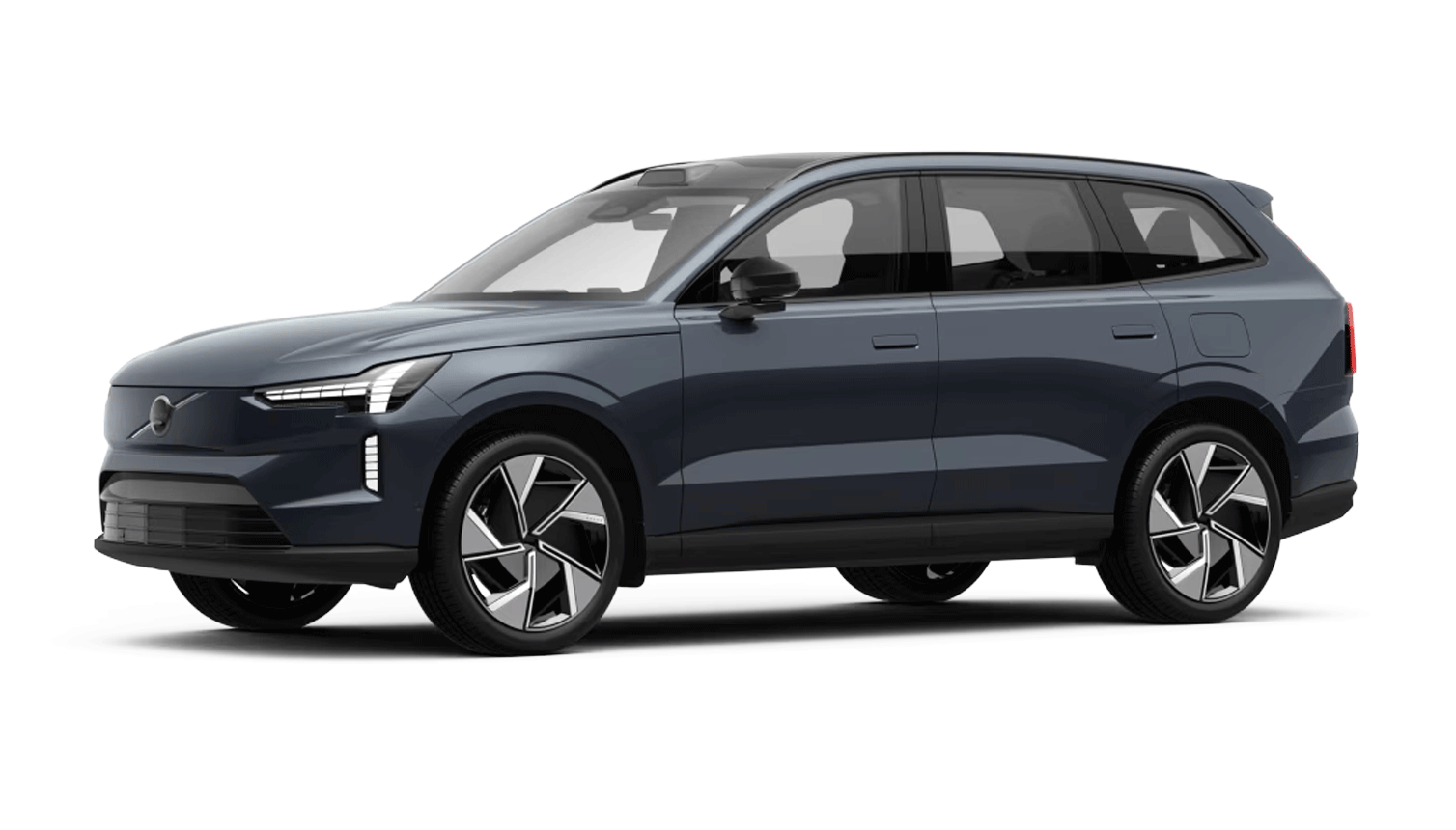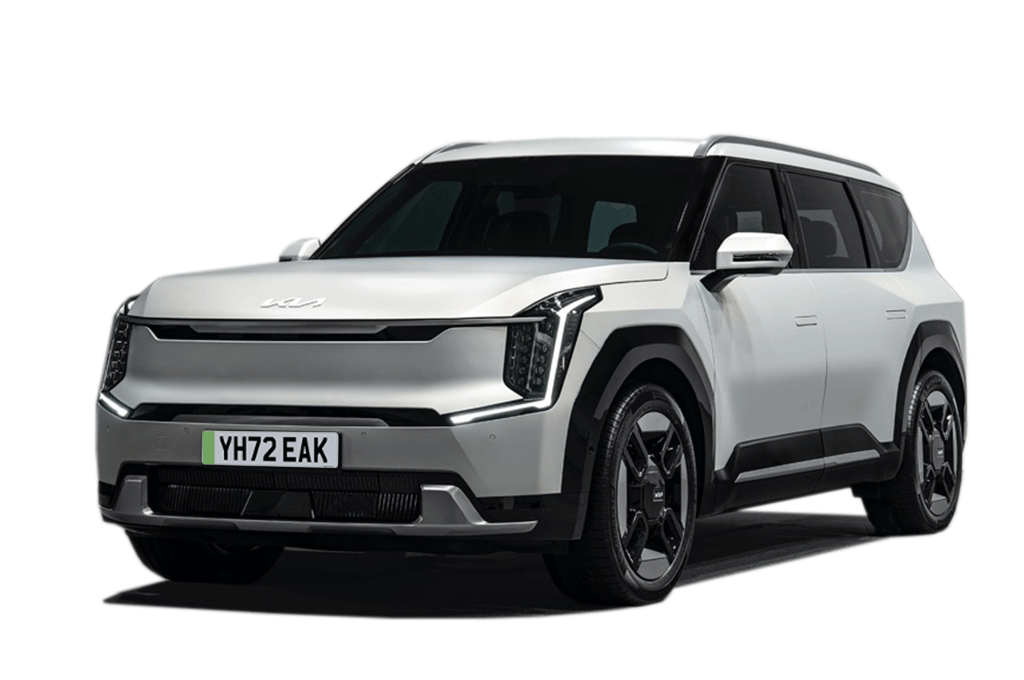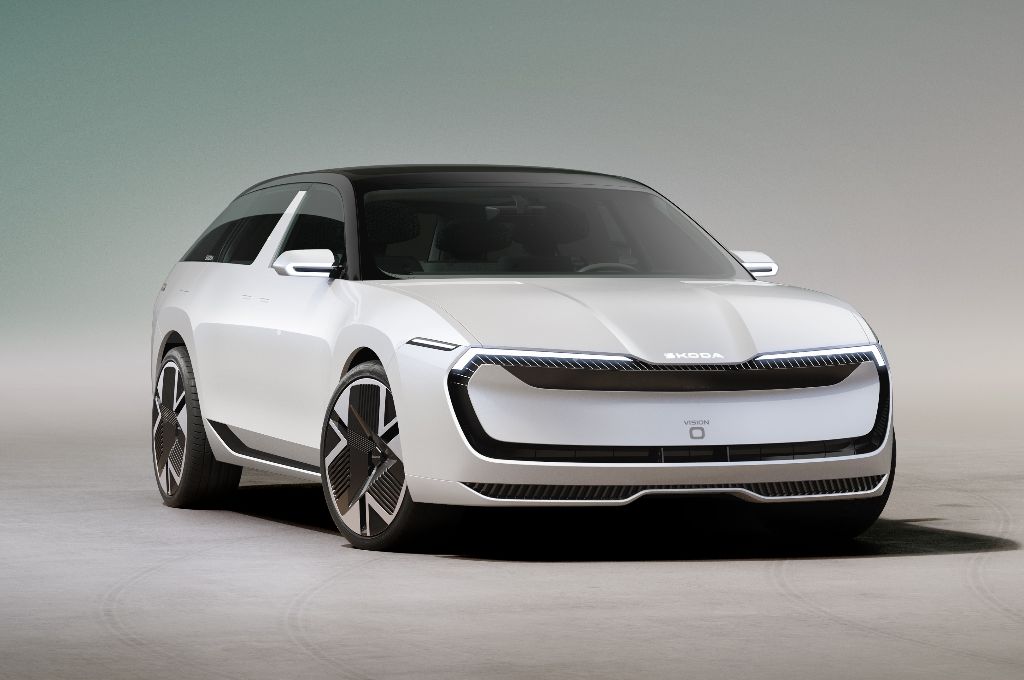Introduction and model history
It's 55 years since Range Rover first appeared on the scene and it's celebrating its anniversary not by looking back, but by looking towards its electric future.
So, four years after the latest generation Range Rover made it into showrooms, the Range Rover EV is finally here. Well, sort of. It's at least here in a form that I’ve been invited to drive off-road, albeit still a way off joining its ICE and PHEV siblings in JLR dealerships.
Normally when we see a new model as exciting as this, there's big fanfare, dramatic lighting, and a silky cover that gets whipped off to reveal it - but because visually there's almost nothing to distinguish the new EV model from the existing Range Rover, it’s almost an anticlimax when you see the car we've been told is 'coming next year' for what feels like a lifetime.

The differences between the brand's first all-electric model and the rest of the Range Rover lineup are minimal. Only the prototype logo on the side gave the game away when I first saw the car at my early prototype drive at Goodwood Race Circuit. The final production will get a few changes: a new grille, bespoke wheels and of course, dual charging ports, which are positioned on either side of the rear of the car. But so subtle are the changes that the EV won't even carry any specific badging to set it apart.
Range, battery and charging
When asked if going down this route will turn off potential buyers who may want to make more of a song and dance about the fact they've gone electric, Range Rover's team told me they've done the research - exhaustive, since you asked - and that its customers know what they like. And what they like is the Range Rover exactly as it is.
As Thomas Müller, head of development at Jaguar and Land Rover, puts it: "First and foremost, this is a true Range Rover and only secondarily an electric car."
Of course, what all this means is that everything that's really exciting about the Range Rover electric is the stuff you can't see. So what do we know so far about the tech?
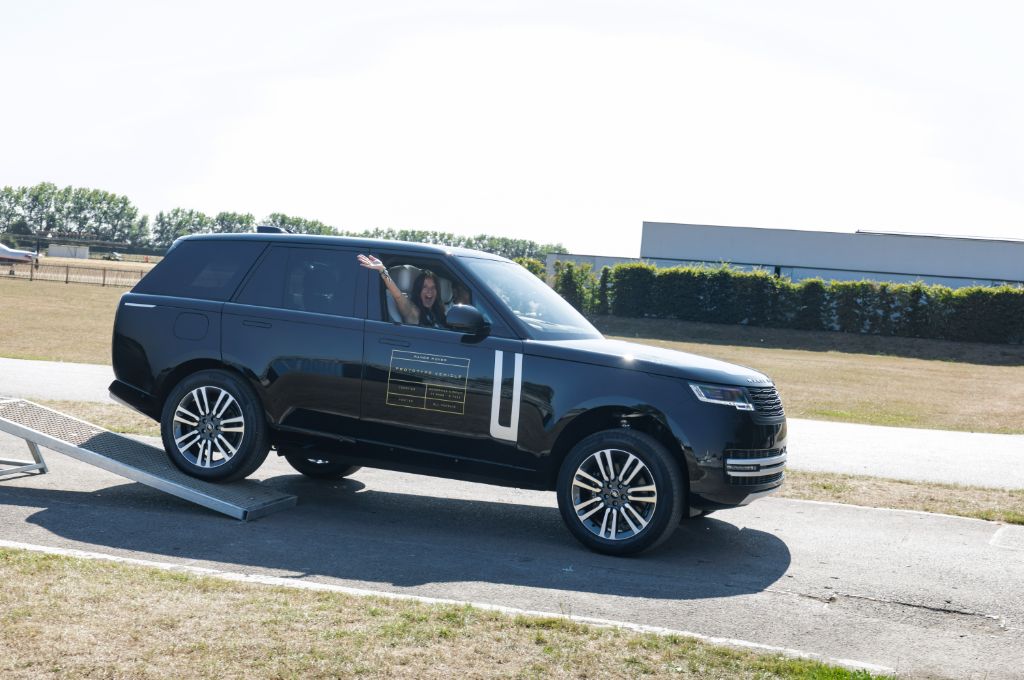
For starters, this is the most patented Range Rover in its 55 year history with many elements - like the electric motors - being developed in-house. It uses a new, heavily updated version of the MLA platform that underpins the existing Range Rover, and which will be used across all Jaguar Land Rovers electric vehicles including the production version of the wild, electric Jaguar Type 00. It’s powered by two motors, one on each axle, with power coming from a 118kWh lithium-ion NMC battery (usable capacity) in a battery pack that’s double stacked thanks to the fact that, well… it's very tall.
The battery is being assembled in the Midlands with cells for the battery currently being bought from an unconfirmed supplier until JLR's gigafactory is up and running in Somerset, from which point the battery will be produced completely in-house.
I've been told it will deliver “over” 300 miles of range. That’s as precise as it gets, at the moment! Competitors like the BMW iX, Volvo EX90 and Mercedes EQS SUV are all managing 370-400 miles or more, so it’s questionable whether that’s enough.
But, once again, the Range Rover team assure me that they’ve analysed millions of miles of customer journeys and usage patterns and feel the final figure will be exactly what its customers need. Efficiency will be where things get interesting, given that it's going to weigh slightly more than the existing Range Rover PHEV, but we’ll have to wait until we see the final figures to get a clearer idea on that.
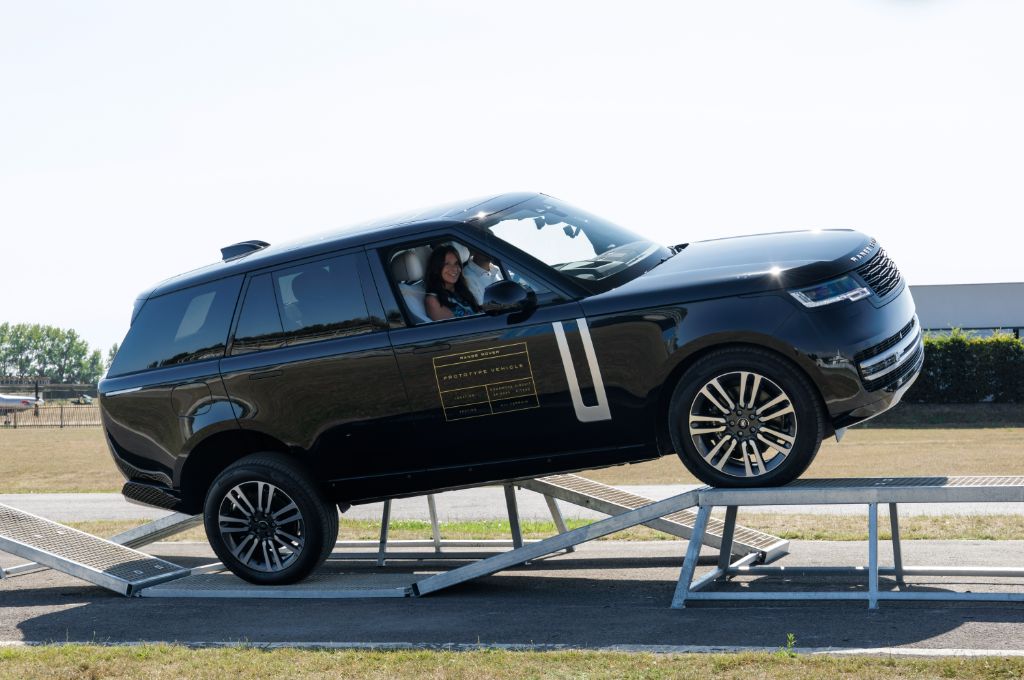
Charging is via an 800V architecture, which means that you can rapid charge at speeds of up to 350kW. If you can find a powerful enough rapid charger you can get from 10-80% in 20 minutes. It also has 22kW AC charging as standard, with charging ports on either side, so that you can make the most of any faster AC kerbside or destination chargers; a smart move given that Range Rover customers spend a lot of time in the city.
Just like a Porsche, if you're plugged into a 400-volt charger, it doesn't just slow down. Instead, it has a clever trick: it splits its big 800-volt battery into two "banks" of 400 volts each and charges each in parallel.
Home charging from a standard 7kW wallbox will take some 17- to 20 hours to fully charge this massive battery from nearly empty.
There’s no news yet on whether JLR will include vehicle-to-load (V2L) charging on the Range Rover, I was told that “it isn’t a priority”. Here's hoping it’s included from launch because it would make a lot of sense on a car like this.
One of the main challenges faced by the engineering team was coping with the elements. A Range Rover is just as likely to be found in a city as it is out in the desert or in sub-zero conditions - and that's where things get tricky. Battery chemistry doesn't like temperature extremes. EV batteries are a bit like Goldilocks - they work best when it's not too hot, not too cold and just right. Get it wrong, and you'll see reduced range, sluggish acceleration, and slower charging. None of which are very... 'Range Rover'.
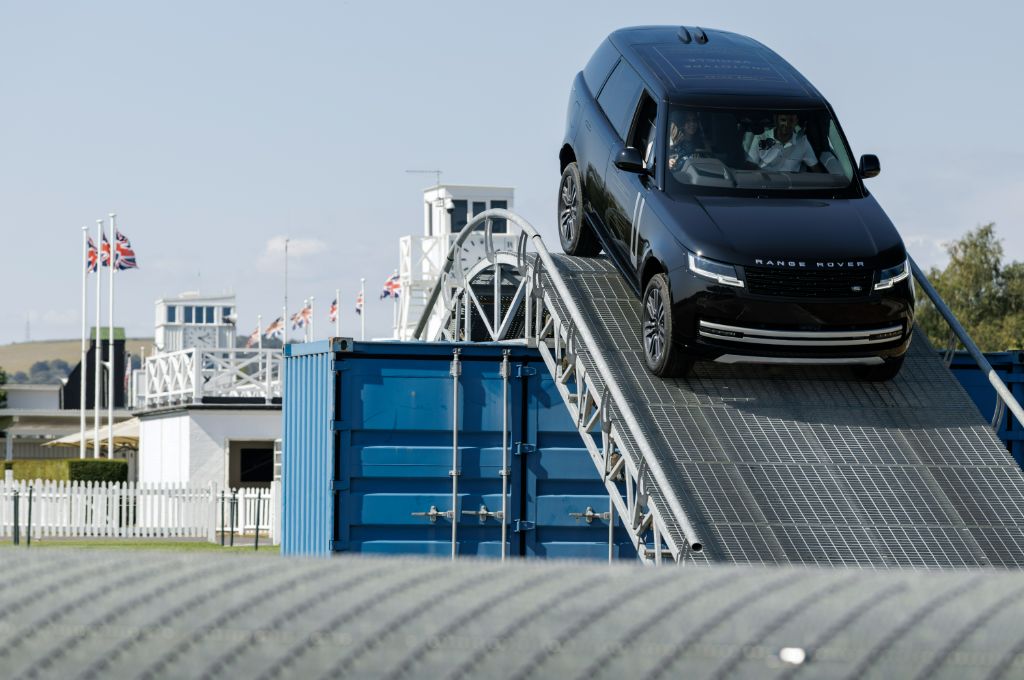
To manage all that, the team has built a sophisticated thermal management system. It automatically juggles over 300 different settings to find the best balance between cabin comfort, charging speed, and range. You do get a heat pump as standard, as you'd expect, which can also harvest energy down to -15°C - right at the lower end of a heat pump's efficiency. All of this means that the Range Rover Electric is some 40% more efficient than any previous JLR car.
Practicality and boot space
One tell-tale sign that the Range Rover wasn't developed specifically for electric drive is the missing frunk - the front is still packed with control units, electric motors and other components. There's no official line on boot capacity or other tech specifications yet, but suffice to say that there's space in the boot for your cables.
Rear seat space is as luxuriant as in any Range Rover, so there are no concerns there. Mind you, from launch you’ll only be able to get the standard wheelbase version, which is a mere 5.05-metres long. The long wheelbase Range Rover Electric will arrive a bit later, bringing all 5.25m for VIP limo levels of space and luxury.
Interior, design/styling and technology
The Range Rover Electric maintains the trademark luxury of the Range Rover, with one of the most sumptuous cabins of any premium SUV. The electric variant will have much the same interior as the existing cars, so we know that the cabin won't disappoint.
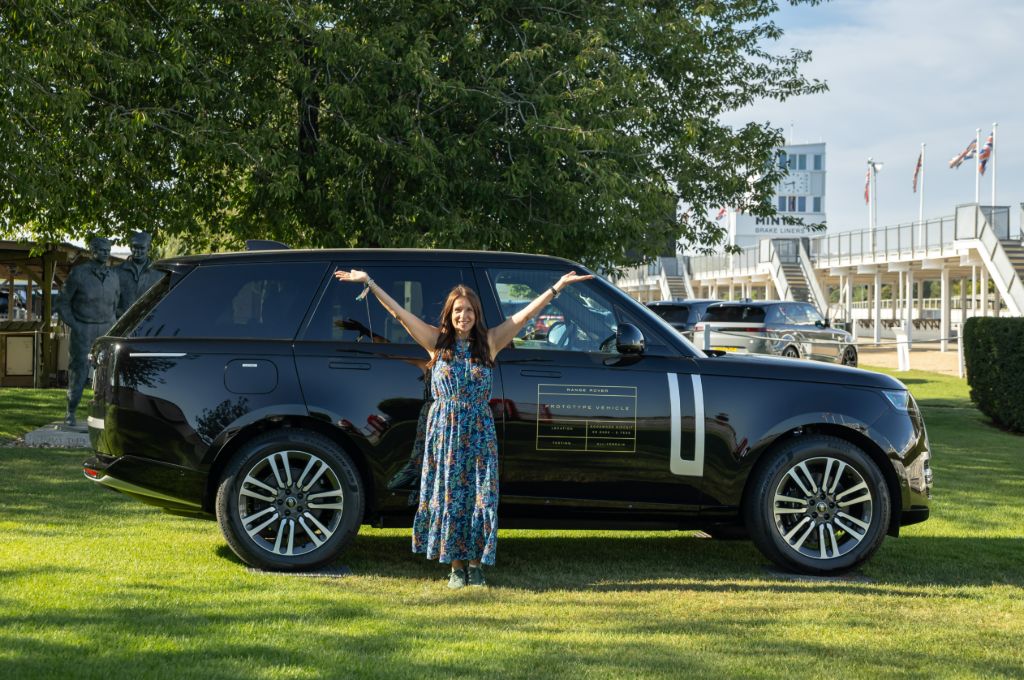
Motors, performance and handling
One of the big advantages of going electric in a car like this is how good it can be off-road. EVs can deliver instant torque the moment you touch the accelerator, making them incredibly capable when you're climbing, crawling or tackling tricky terrain. You also get super-precise control - no gears, no lag, no risk of stalling - just smooth, predictable power exactly when and where you need it.
And with dual motors and software doing the job of locking differentials, and managing grip, it can react faster than traditional systems.
JLR says it's 100 times faster for slip management than the ICE equivalent and on my brief drive over a mini obstacle course I was aware of how lightning quick the EV reacts. Range Rover's engineers talk about 'effortless progress' and that's exactly what it delivered, it's controlled, calm and more sophisticated than any combustion engined Range Rover I’ve driven. Because the battery and motors are simpler to package than an engine, there's also zero impact on off-road capability - as its ability over the obstacle course proved to me. The fording depth, approach angles and ground clearance either match or beat the regular car.
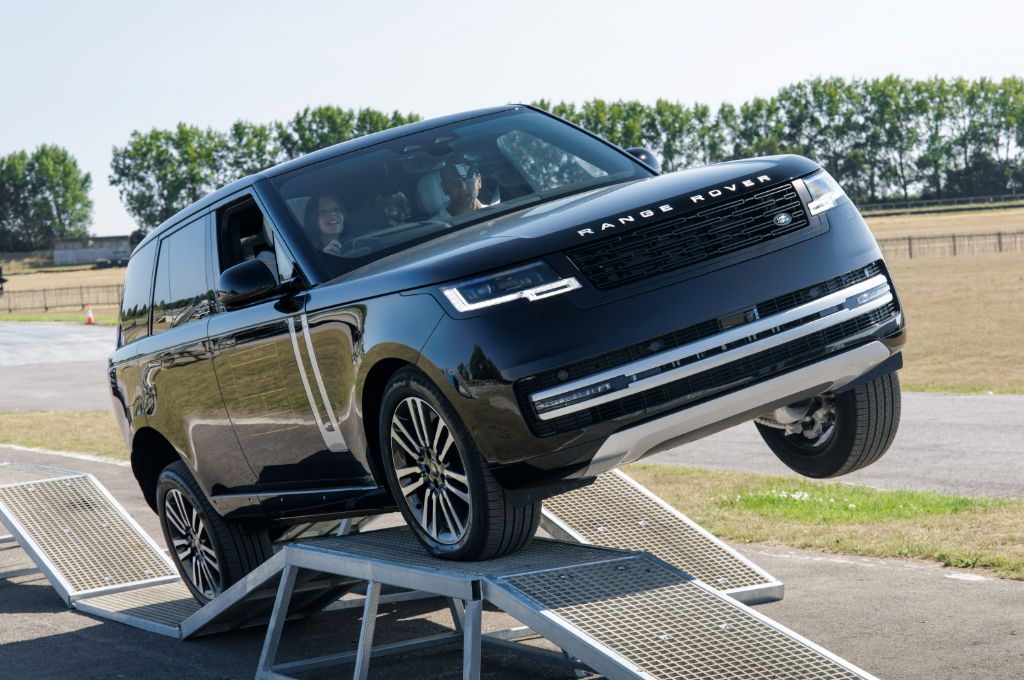
What impressed me most about my off-road drive is how the engineers have taken single pedal driving to another level. In addition to slowing the vehicle and delivering charge into the battery from regenerative braking, it is also tuned to work with Terrain Response and will bring the vehicle to a complete stop or even engage Hill Hold, enabling the driver to move off again without having touched the brakes at any point. The experience of heading over the brow of a steep hill to feel the single pedal driving kick in is quite extraordinary, and it controlled this almost three-tonne beast's descent with calm precision. It brought home to me just how versatile electric power is, but how well suited it is, not only to off-road driving but also to the luxury vehicle market.
What I found slightly harder to get my head around was the silence that accompanied my off-road drive. It's so quiet, it's almost unsettling! But very impressive - and perfect for the driver that's going to buy a Range Rover because they expect ultimate opulence and refinement, no matter the terrain.
When you're not off road, performance is also impressive. Twin electric motors deliver all-wheel drive, with 542bhp and 627 lb ft making this electric model the biggest powerhouse in the Range Rover family short of the full-fat performance SV.
Rivals? Yes, it has a few. The Volvo EX90 and BMW iX, the Audi Q8 e-tron, possibly the Kia EV9, as well. Which is saying something for the Kia's skills given that we're uttering its name in relation to a car that's likely to cost upwards of around £130,000. In reality though, the Range Rover Electric probably doesn't have a true rival yet. Range Rover has always been in a class of its own, and from this very brief experience behind the wheel I suspect that the Range Rover Electric will be, too.
Verdict
Confident, refined, quiet, and yet incredibly powerful; electric power is a perfect fit for a car like the Range Rover, where luxury is even more important than pure performance. Of course, we can’t really deliver a proper verdict until have we’ve got the full details and have driven the final production version of the electric Range Rover, on road. Is that range enough when the BMW iX, Volvo EX90 and Mercedes EQS SUVs all manages circa 370- to 400 miles or more? Hmm. Everything else looks great but that could be a crunch point for some potential customers.
We’ll have to wait and see. Watch this space, as we’ll know more soon!





